North America : Market Leader in Organic Products
North America is the largest market for organic milk powder, accounting for approximately 40% of the global market share. The region's growth is driven by increasing consumer awareness of health benefits, rising disposable incomes, and a strong preference for organic products. Regulatory support, including USDA organic certification, further catalyzes market expansion. The demand for organic milk powder is expected to rise as more consumers shift towards healthier dietary choices.
The United States is the leading country in this region, with major players like Abbott Laboratories, Organic Valley, and Dairy Farmers of America dominating the market. Canada also contributes significantly, focusing on organic dairy farming practices. The competitive landscape is characterized by innovation and product diversification, with companies investing in sustainable practices to meet consumer demands for transparency and quality.
Europe : Growing Demand for Organic Products
Europe is witnessing a robust growth trajectory in the organic milk powder market, holding approximately 30% of the global share. The region's growth is fueled by increasing health consciousness among consumers, stringent food safety regulations, and government initiatives promoting organic farming. Countries like Germany and France are at the forefront, with a rising trend towards organic consumption driven by environmental sustainability and animal welfare concerns.
Germany is the largest market in Europe, followed closely by France and the UK. Key players such as Danone and Holle Baby Food are actively expanding their product lines to cater to the growing demand. The competitive landscape is marked by a focus on quality and sustainability, with companies investing in organic certifications and transparent supply chains. The European Union's commitment to organic farming further supports market growth, ensuring high standards for organic products.
Asia-Pacific : Emerging Market with High Potential
The Asia-Pacific region is emerging as a significant player in the organic milk powder market, currently holding about 20% of the global market share. The growth is driven by rising health awareness, increasing disposable incomes, and a growing middle class that is shifting towards organic products. Countries like China and Australia are leading this trend, supported by favorable government policies promoting organic agriculture and food safety regulations.
China is the largest market in the region, with a rapidly growing demand for organic dairy products. Australia also plays a crucial role, with key players like Fonterra Co-operative Group focusing on expanding their organic offerings. The competitive landscape is evolving, with both local and international brands vying for market share. The region's potential for growth is immense, as consumer preferences continue to shift towards healthier and more sustainable options.
Middle East and Africa : Untapped Market Opportunities
The Middle East and Africa region is gradually emerging in the organic milk powder market, currently holding about 10% of the global share. The growth is primarily driven by increasing health awareness, urbanization, and a shift towards organic consumption among affluent consumers. Countries like South Africa and the UAE are leading this trend, supported by government initiatives promoting organic farming and food safety regulations.
South Africa is the largest market in this region, with a growing number of local brands entering the organic space. The competitive landscape is characterized by a mix of local and international players, including Pioneer Foods. As consumer demand for organic products rises, the market is expected to expand significantly, presenting opportunities for both existing and new entrants in the organic dairy sector.


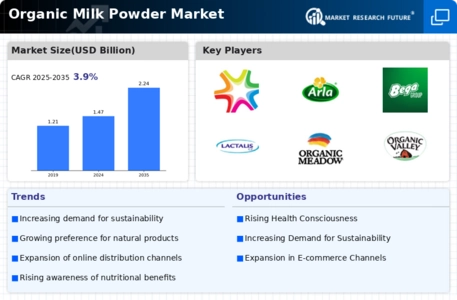
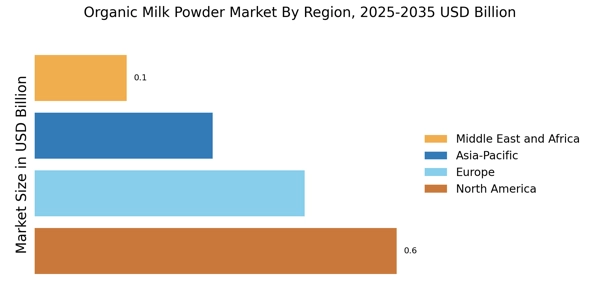

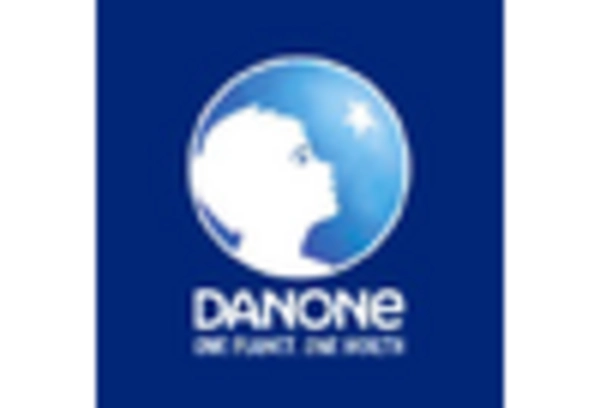
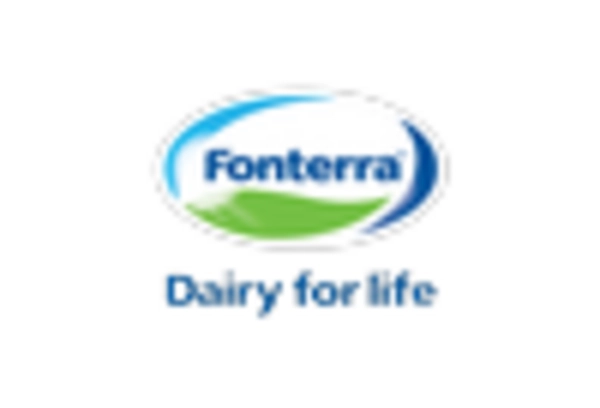
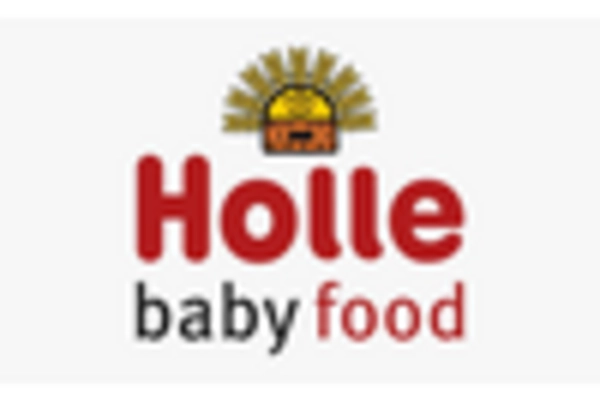

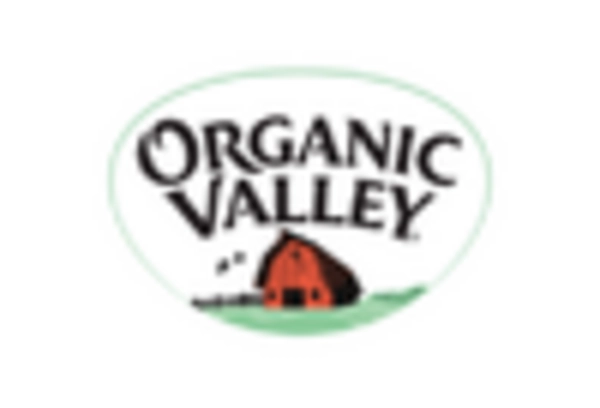








Leave a Comment